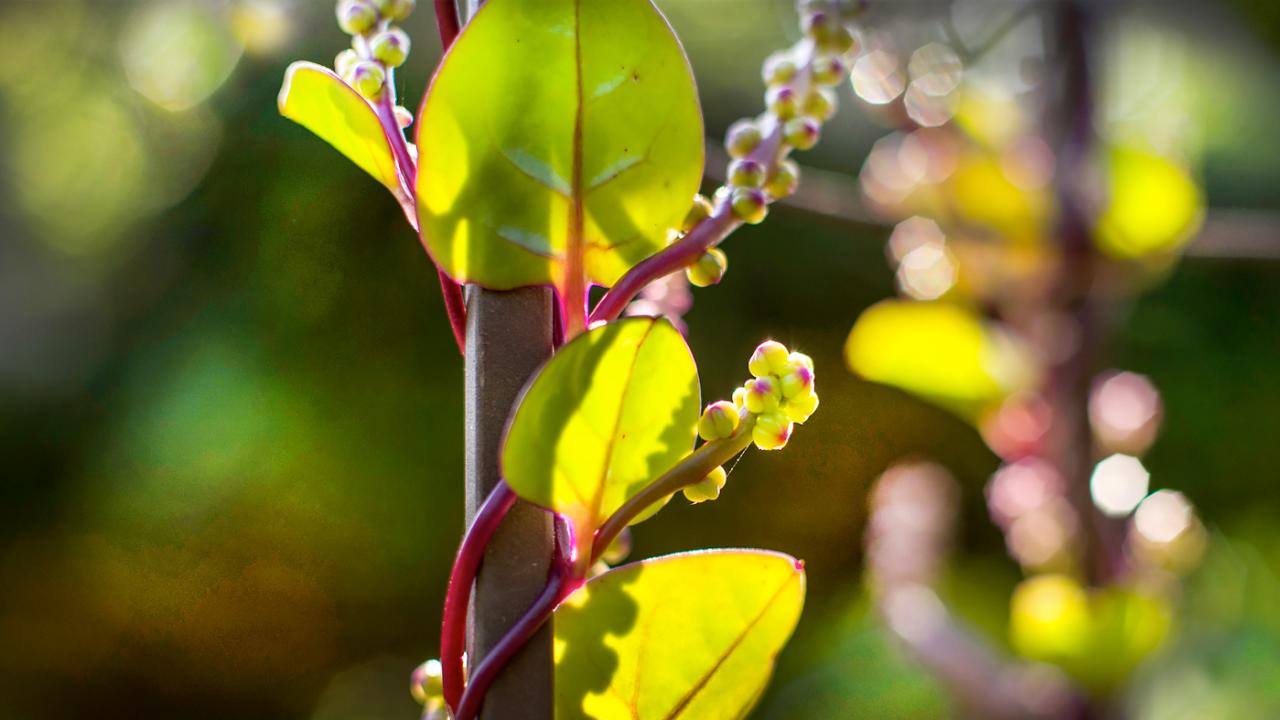

Plants & Gardening
Garden Stories
Which Native Milkweeds Should You Plant for Monarch Butterflies?
Want to help monarch butterflies? Be careful when selecting your milkweed. Not all plants that go by the common name of "milkweed" are the food that these butterflies need. Milkweed is both a food source and a host plant on which the monarch butterflies lay their eggs. Monarchs lay their eggs on the underside of the milkweed foliage.
After hatching, the larvae consume the foliage, which is high in cardiac glycosides—a poison that interferes with the heart functioning of vertebrates (animals with a skeleton). Butterflies are insects with an exoskeleton, and so are not affected by the toxin.
Within the Chicago region, the following milkweed species (Asclepias) are native:
- Asclepias amplexicaulis is native to our prairies and is suitable for planting in sunny perennial flower gardens. The flowers are described as "eraser pink" in color and are fragrant (honey).
- Asclepias exaltata is native to our woodlands and is suitable for planting in partially shaded gardens. The flowers are white and also fragrant.
- Asclepias incarnata is native to both prairie and woodlands and can be planted in a variety of garden locations. The flowers are pink and fragrant. Gardeners may also be interested in three cultivars of this species:
- ‘Cinderella’ has light and medium pink flowers
- ‘Ice Ballet’ has white flowers
- ‘Soulmate’ has medium and dark pink flowers
- Asclepias tuberosa goes by the common name of butterfly weed. It features bright gold and orange flowers—and is fragrant. A native of sunny prairies, it also has cultivars that have been selected for specific colors:
- ‘Hello Yellow’
- ‘Western Gold Mix’
- ‘Gay Butterflies’ (orange, red, yellow)
- Asclepias purpurascens has fragrant pinkish-purple flowers and can tolerate both sun and shade locations in the home landscape.
Cultivars may be easier to find in your local garden center or nursery, but specialist nurseries do carry both potted plants as well as seeds.
The Bad Seeds
The bad actors, unfortunately, also go by the common name of milkweed, and are in the same plant family but a different genus: Cynanchum. Three species are reported in the upper Midwest and should not be planted by gardeners. All have fragrant flowers and wind-dispersed seeds:
- Cynanchum louiseae goes by the name of Louise’s swallow wort, or milkweed. It is native to southeastern Europe.
- Cynanchum rossicum goes by the name of European swallow wort or milkweed. It is native to southern Europe.
- Cynanchum vincetoxicum goes by the name of white swallow wort or milkweed. It is native to Europe and Asia.
So, why will monarch larvae die on the wrong milkweed?
Hmmm, perhaps an illustration. Both mango and poison ivy are in the same plant family (Anacardiaceae) and contain similar biologically active compounds. My daughter and I can’t get enough mango in our diet, but both break out in poison ivy rashes if we touch poison ivy plants. The compounds are similar but not exactly the same.
Likewise with the "bad" and "good" milkweeds: Both have fragrant flowers, the flower shapes are similar, the leaf shapes are similar, both have milky sap. But there is an insecticide compound in the "bad" milkweed in addition to the cardiac glycoside.
"Bad" milkweeds evolved in Europe, where there are no native monarch butterflies, but plenty of herbivores, both animal and insect. “Good” milkweeds evolved in North America in conjunction with monarch butterflies.
Somehow, the monarch larvae are able to ingest and retain cardiac glycosides in their tissues without dying. It is a very unique adaptation between these two species. If other species of butterflies were to lay their eggs on milkweed, the larvae would not survive. Each organism has these sorts of “monarch-like” relationships with other, sometimes drastically different organisms that give them a survival advantage. Monarchs just happen to be a wonderful example of mutualistic relationships.

